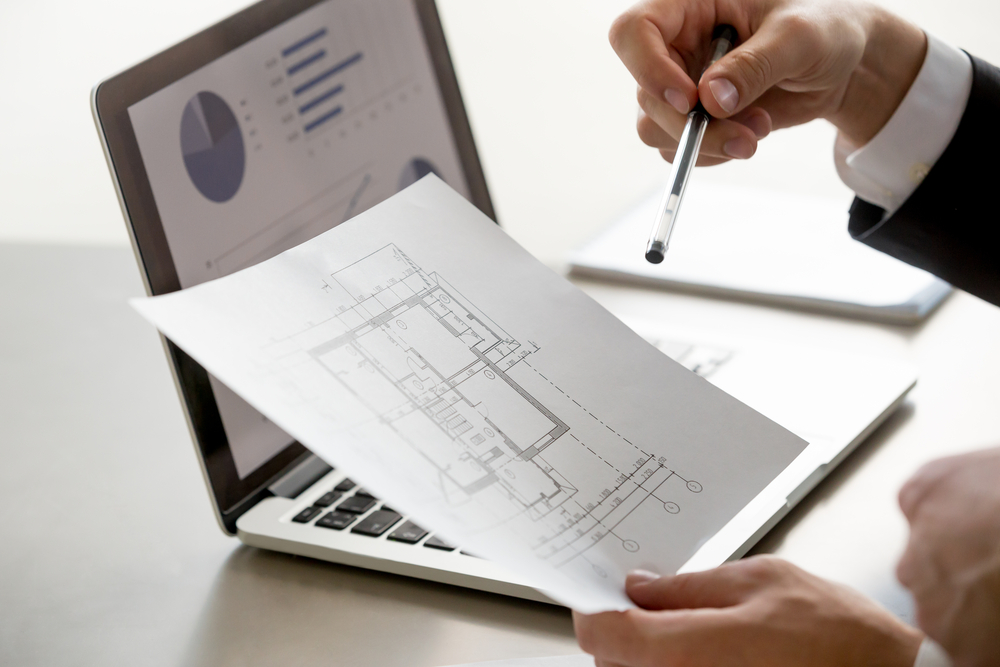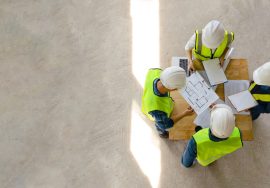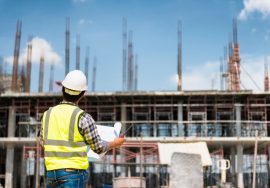The Role of 3D Modeling in Innovative Project Solutions
The Role of 3D Modeling in Innovative Project Solutions
 3D Modeling Innovative Project Solutions: In the construction industry, precision and collaboration are essential for project success. 3D modeling has emerged as a transformative tool that not only enhances design accuracy but also optimizes project execution. By creating digital representations of structures before they are built, 3D modeling plays a pivotal role in ensuring that projects are completed on time, within budget, and with high-quality results. In this article, we explore the role of 3D modeling in innovative project solutions and how it is shaping the future of construction.
3D Modeling Innovative Project Solutions: In the construction industry, precision and collaboration are essential for project success. 3D modeling has emerged as a transformative tool that not only enhances design accuracy but also optimizes project execution. By creating digital representations of structures before they are built, 3D modeling plays a pivotal role in ensuring that projects are completed on time, within budget, and with high-quality results. In this article, we explore the role of 3D modeling in innovative project solutions and how it is shaping the future of construction.
What is 3D Modeling in Construction?
3D modeling in construction refers to the process of creating three-dimensional digital models of a building or infrastructure project. These models can represent the physical and functional aspects of a project, from architectural features to structural components. Unlike traditional 2D drawings, 3D models provide a detailed, interactive view of the project, allowing stakeholders to visualize every aspect of the design.
Key Benefits of 3D Modeling in Project Solutions
1. Enhanced Visualization and Design Precision
One of the most significant advantages of 3D modeling is the ability to visualize the final project in a realistic, interactive way.
- Design Clarity: Clients, architects, and engineers can view the project from all angles, making it easier to understand complex designs.
- Early Detection of Issues: By exploring the model, potential design flaws or conflicts can be identified early, preventing costly changes during construction.
- Improved Collaboration: 3D models can be shared and modified by various stakeholders, facilitating smoother communication and collaboration across teams.
2. Improved Coordination Among Teams
3D modeling ensures that all project teams—designers, engineers, contractors, and subcontractors—are aligned with the same digital representation of the project.
- Accurate Data Sharing: A single, unified 3D model ensures everyone is working with the most up-to-date and accurate information, reducing errors and misunderstandings.
- Better Communication: The model serves as a common language, helping all teams visualize and discuss the project without the need for complex technical jargon or paper drawings.
- Conflict Resolution: Conflicts between different systems (e.g., plumbing, electrical) can be spotted in advance through clash detection, reducing delays and rework.
3. Cost and Time Savings
By preventing errors and rework, 3D modeling significantly reduces both project costs and timelines.
- Faster Decision Making: With an interactive model, stakeholders can make quicker, more informed decisions, streamlining the planning and design phases.
- Accurate Quantity Takeoffs: 3D models can automatically generate accurate quantities of materials needed for the project, ensuring that resources are ordered and managed efficiently, minimizing waste.
- Reduced Change Orders: With a well-defined 3D model, the risk of late design changes and unforeseen issues is minimized, leading to fewer costly change orders during construction.

4. Enhanced Sustainability and Energy Efficiency
3D modeling helps optimize the design for sustainability and energy efficiency, allowing for more informed decision-making.
- Energy Modeling: 3D models can integrate energy analysis, allowing teams to simulate how a building will perform in terms of energy consumption, heating, and cooling needs.
- Material Optimization: The model can highlight areas where materials can be reduced or optimized, helping to lower environmental impact and construction costs.
- Lifecycle Analysis: 3D models can also be used for post-construction analysis, predicting maintenance needs and helping with long-term sustainability planning.
5. Improved Project Safety
Safety is a top priority in construction, and 3D modeling plays an essential role in enhancing safety on-site.
- Safety Planning: 3D models allow teams to simulate construction sequences, identify potential safety hazards, and implement mitigation strategies.
- Virtual Walkthroughs: Safety training can be done using virtual reality (VR) integrated with 3D models, providing a safe and immersive experience for workers to familiarize themselves with the site.
- Site Logistics: By visualizing the construction process, teams can plan the movement of materials and equipment to avoid congestion and reduce the risk of accidents.
6. Real-Time Updates and Changes
3D modeling facilitates real-time updates and changes, which are crucial in keeping projects on track.
- Design Iterations: Changes to the design can be made in the 3D model and immediately shared with the team, ensuring everyone is working with the most current version.
- Project Monitoring: Real-time project data can be integrated into the 3D model to track construction progress and update the timeline, keeping the project aligned with its goals.
7. Virtual Reality and Augmented Reality Integration
When combined with virtual reality (VR) and augmented reality (AR), 3D models offer an even more immersive and interactive experience.
- VR Simulations: Teams can walk through the virtual model of the project before construction begins, helping clients visualize the end product and make decisions in real time.
- AR On-Site Assistance: Workers can use AR devices to overlay 3D models on the physical site, guiding them in performing tasks with greater precision and accuracy.
Conclusion – 3D Modeling Innovative Project Solutions
The role of 3D modeling in innovative project solutions is undeniable. From improving design accuracy and enhancing collaboration to reducing costs and ensuring sustainability, 3D modeling is transforming the way construction projects are planned and executed. By integrating 3D modeling into their workflow, construction teams can deliver projects faster, more efficiently, and with higher quality. As the construction industry continues to evolve, embracing these technological advancements will be key to staying competitive and achieving success in the future.
External Resources – 3D Modeling Innovative Project Solutions
Indian Green Building Council (IGBC)
- The IGBC promotes sustainable building practices in India. They offer guidelines and certifications that ensure construction projects meet environmental standards. Explore their resources at Indian Green Building Council.
Construction Industry in India
- One of India’s largest construction and engineering companies, L&T Construction provides services including project management, cost control, and engineering consultancy. For detailed information on their offerings, visit. Construction Industry in India
Read more related articles to enhance your knowledge and make informed decisions
10 Essential Steps in the Building Construction Process
How to Choose the Right Materials for Your Construction Project








